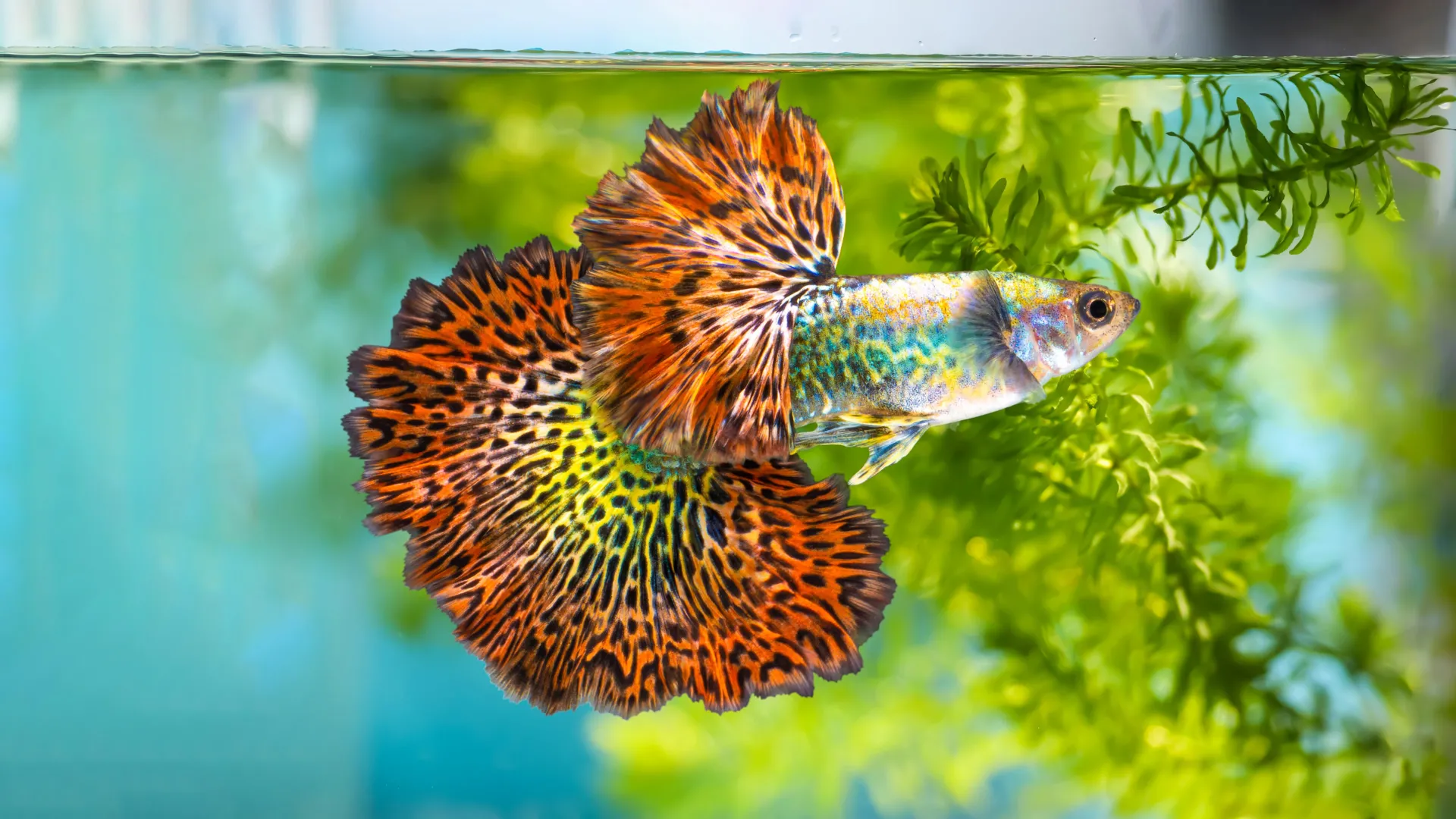Brighter, bolder, hotter: Why female guppies can't resist orange
- Date:
- July 10, 2025
- Source:
- University of British Columbia
- Summary:
- Male guppies that glow with more orange aren’t just fashion-forward — they’re also significantly more sexually active. A UBC study reveals that brighter coloration is linked to virility and is genetically tied to brain development, suggesting a deeper evolutionary function. Researchers found that these bold hues aren't just for attracting mates, but are rooted in a vast, multi-chromosomal genetic system that enables tens of thousands of possible color pattern combinations. The work sheds light on how vibrant displays, behavior, and genetic fitness are intertwined in evolution.
- Share:

It turns out color isn't just fashionable for guppies: According to a new UBC study, the more orange a male, the more virile it is.
The research published in Nature Ecology & Evolution shines light on an enduring evolutionary mystery: why male guppies have such vibrant and varied colors and patterns.
Virile me up
Zoologists Drs. Wouter van der Bijl and Judith Mank used deep learning, genetic studies and bred three generations of increasingly orange guppies to investigate. They found the more colorful males were up to two times more sexually active, performing for females at a greater rate and for longer periods of time, and attempting to sneakily copulate more often.
Orange you glad to see me, baby?
It's known that female guppies prefer orange, and unusual, patterns in their male partners, but the team found that the color diversity of guppies comes from the same cells that are responsible for forming the brain, suggesting a genetic link between how guppies look and how they behave.
"Previously, people thought perhaps males realized that if they were more orange, they were more sexy. With the genetic link, it may be that they're healthier and fitter," said Dr. Mank.
Let's recombine sometime
The researchers found the guppy color genes, and the locations they appeared in, were tied to multiple chromosomes, creating a vast architecture of genetic possibilities. Seven orange and eight black color types were identified overall, allowing for a potential 32,768 unique pattern combinations.
"Genetic variation is the raw material that evolution uses to produce resilient, adapted animals and plants, including for things like climate change or disease," said van der Bijl. "We often look at extreme examples to understand where genetic variation comes from and how it's maintained."
Story Source:
Materials provided by University of British Columbia. Note: Content may be edited for style and length.
Cite This Page: